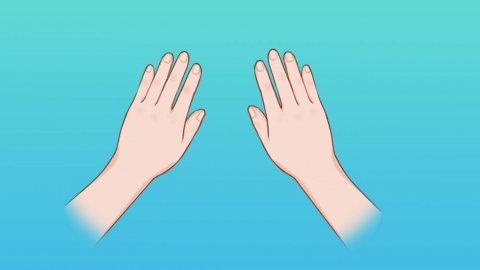Is yellowing of the hands a sign of liver problems?
Generally speaking, whether yellowing of the hands indicates a liver problem depends on whether it is accompanied by other symptoms. If there is concurrent yellowing of the sclera (whites of the eyes), darkened urine, or a history of liver disease, the yellowing may suggest a liver issue. However, if there are no related symptoms or if the change coincides with recent dietary changes, it may not indicate liver disease. If you experience any discomfort, it is recommended to seek medical attention promptly. Detailed explanations are as follows:

When the liver is damaged or diseased, such as in hepatitis or cirrhosis, it may affect the metabolism of bilirubin. Bilirubin is an orange-yellow substance that is normally processed and excreted by the liver. When liver function is impaired, bilirubin metabolism becomes abnormal, leading to elevated levels in the blood. This can result in jaundice, causing yellowing of the skin, including the hands. Typically, this yellowing is accompanied by other symptoms such as yellowing of the sclera, darkened urine, loss of appetite, vomiting, abdominal distension, and pain in the liver area.
Yellowing of the hands can also be caused by other factors. For example, consuming large amounts of foods rich in carotene, such as carrots, pumpkins, and citrus fruits, may lead to temporary skin yellowing due to excessive accumulation of carotene in the body, including in the palms. Additionally, long-term smokers may develop yellowing of the hands due to staining from substances in tobacco smoke. In these cases, the yellowing typically does not accompany other symptoms, and the sclera usually remains unaffected.
In daily life, attention should be paid to dietary adjustments. Avoid excessive intake of carotene-rich foods like carrots, pumpkins, and citrus fruits to prevent skin yellowing caused by carotenemia. At the same time, maintain a light diet and reduce consumption of spicy, greasy, or hard-to-digest foods.




